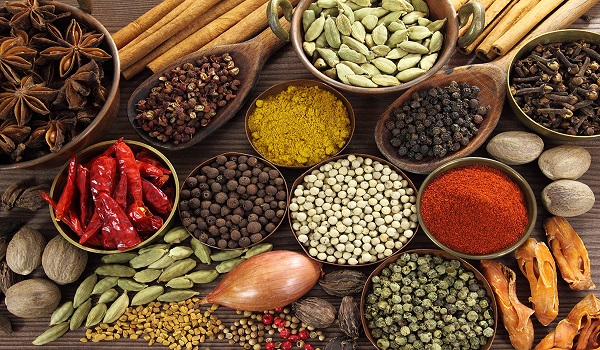In response to growing concerns over ethylene oxide (EtO) contamination in Indian spice products, the Spices Board has rolled out detailed guidelines aimed at exporters. These guidelines, spanning nine pages, outline stringent measures to prevent the presence of this carcinogenic chemical in spices destined for international markets.
Under the newly formulated guidelines, exporters are mandated to abstain from using ethylene oxide as a sterilizing or fumigating agent during any stage of production. Additionally, they are required to ensure that transporters, storage facilities, packaging suppliers, and all other stakeholders in the supply chain refrain from utilizing this hazardous chemical.
It is vital that the exporters implement rigorous testing protocols to detect EtO contamination in raw materials, processing aids, packaging materials, and finished goods. Any detection of EtO necessitates a thorough root cause analysis and the implementation of preventive measures to forestall future occurrences.
To mitigate the risk of contamination, exporters are encouraged to adopt alternative sterilization methods such as steam sterilization and irradiation, provided they are approved by the food regulator, FSSAI.
These guidelines come on the heels of recent bans imposed by Hong Kong and Singapore on popular spice brands, including MDH and Everest, due to the detection of ethylene oxide. Such incidents have prompted a mandatory recall of affected products, underscoring the urgency for stringent preventive measures.
The guidelines emphasize the importance of ensuring the absence of microbial contaminants in spices and herbs, with special attention given to rejecting products showing signs of pest damage, infestation, or mould growth.
Stringent measures are also recommended to prevent cross-contamination during the processing and packaging stages. Separate processing areas for potentially hazardous raw materials and end-products are advised, along with the use of non-porous packaging materials to safeguard against moisture and pest infestation.
In light of India’s significant contribution to the global spice trade, with exports totaling USD 4.25 billion in 2023–24, the implementation of these guidelines is crucial to upholding the reputation and integrity of Indian spices in international markets. With meticulous adherence to these guidelines, exporters aim to ensure the continued safety and quality of Indian spice products, preserving the country’s position as a leading player in the global spice trade.


